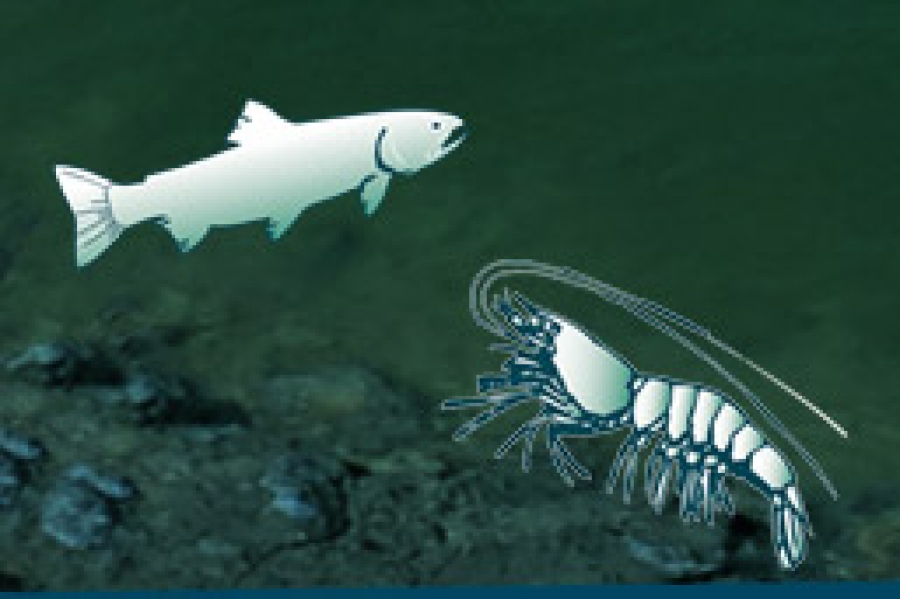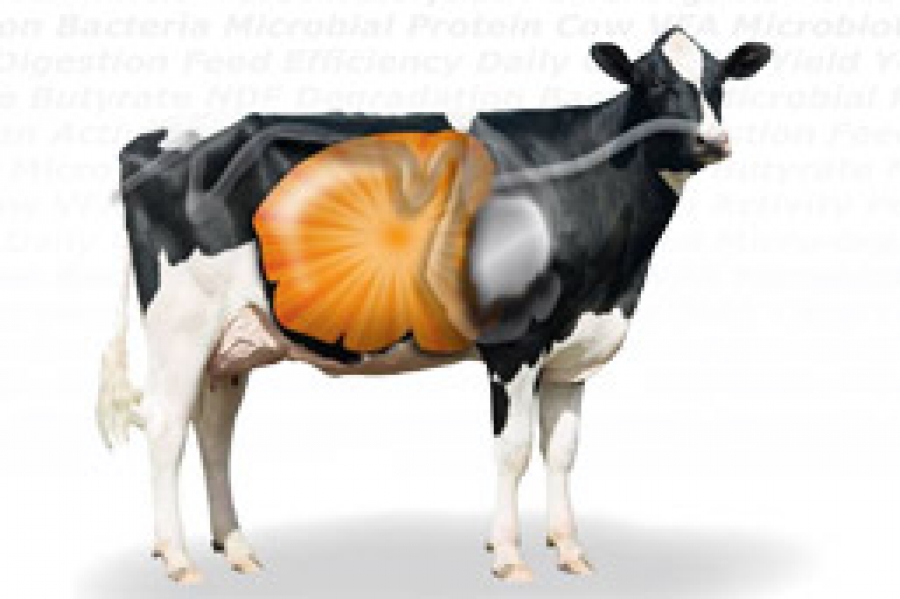and the other lambs in both thermal regimes were fed only the basal control diet (HS without Glukosa [HSC] and pair-fed thermal neutral without Glukosa). Heat stress decreased DMI (14%) and by design there were no differences between the thermal treatments, but HSG lambs had increased DMI (7.5%; P < 0.05) compared with the HSC lambs. Compared with PFTN lambs, rectal temperature and skin temperature at the rump,shoulder, and legs of HS lambs were increased (P < 0.05) at 0700 and 1400 h. Rectal temperature at 1400 h decreased for HSG lambs (0.15 ± 0.03°C; P < 0.05) compared with HSC lambs. Despite similar DMI between thermal treatments, ADG for HS and PFTN lambs in P2 was decreased 55 and 85%, respectively, compared with lambs in P1 (P < 0.01). Although the prefeeding glucose concentration was not affected by thermal treatment or diet, HSG lambs had increased postfeeding glucose concentration compared with HSC lambs (P < 0.05). In contrast to the glucose responses, circulating insulin was influenced only by thermal treatment; HS lambs had increased insulin concentration (P < 0.01) before feeding and decreased concentration (P < 0.05) after feeding compared with PFTN lambs. Heat-stressed lambs had decreased NEFA concentration before feeding (P < 0.01) but not after feeding relative to PFTN lambs. Although this nutritional strategy did not affect ADG, the lower rectal temperature in HSG lambs indicates that dietaryinclusion of a mixture of glucogenic precursors can potentially benefit animal health during HS.
کد مقاله : GGR-001
پس یادداشت کد مقاله بر روی دکمه زیر کلیک نمایید








